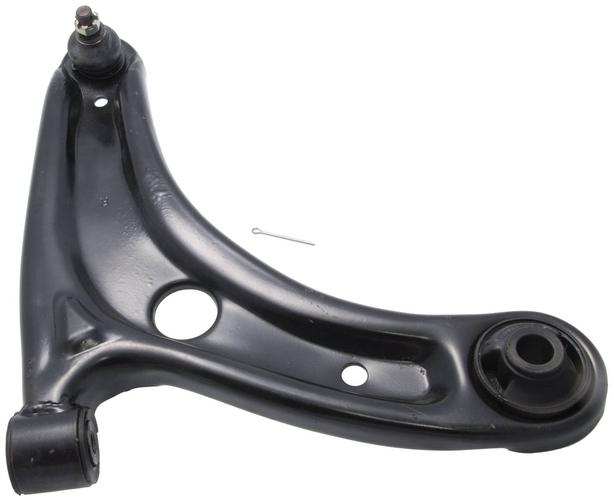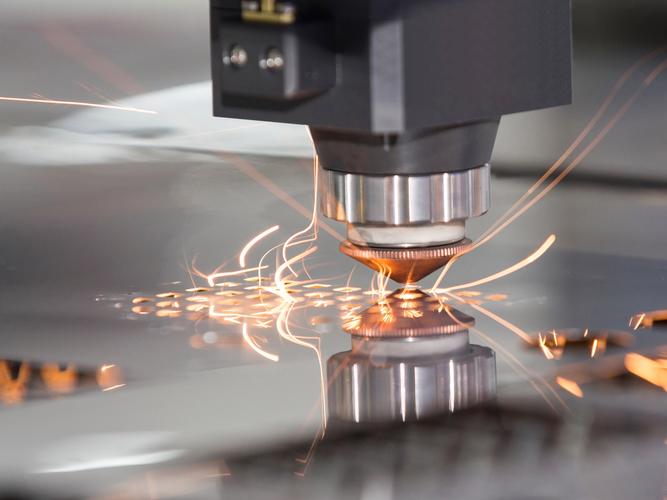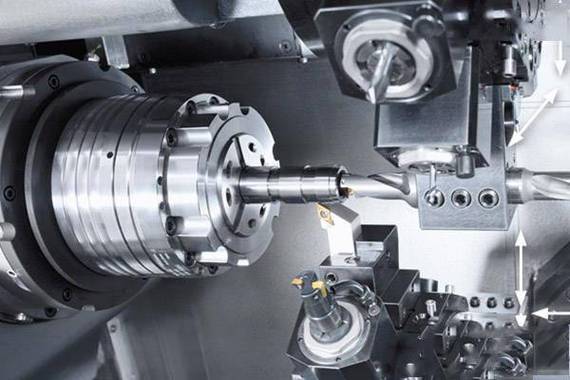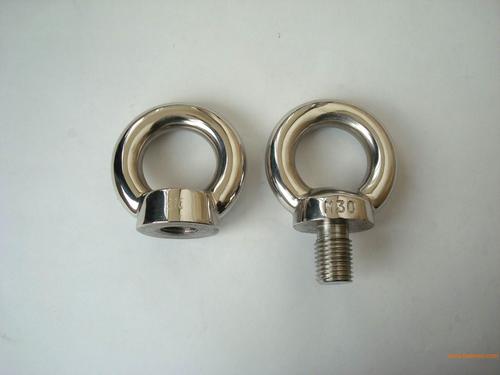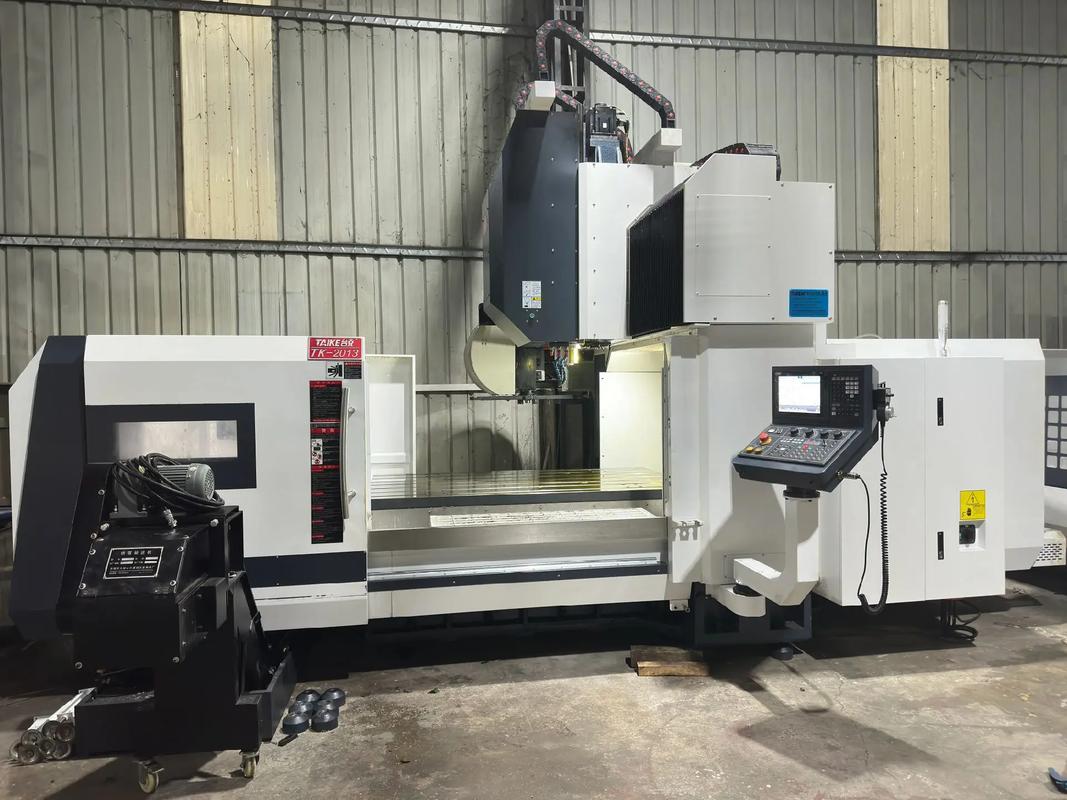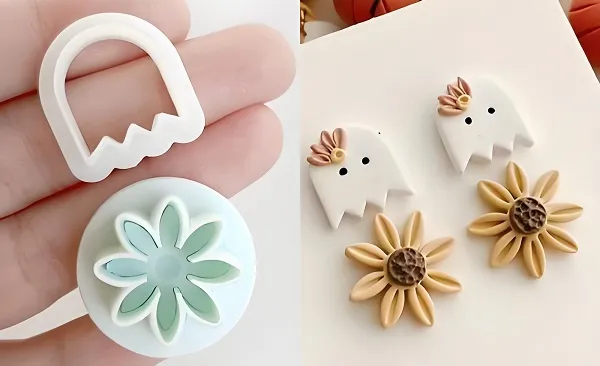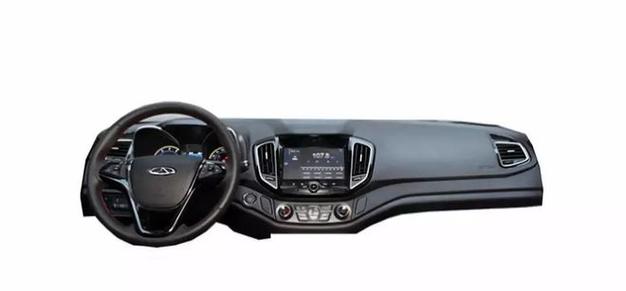
Core Manufacturing Technologies: Engineering for Luxury & Comfort
1. Premium Material Crafting
- Leather upholstery expertise: Uses full-grain Italian leather (0.9-1.1mm thickness) with 95% defect-free surface area, undergoing CNC cutting (±0.5mm tolerance) and precision stitching (3mm stitch spacing, 8-10N thread tension). A custom seat cover with diamond quilting (5mm stitch depth) achieved 98% pattern consistency across 500 units, with seams enduring 50,000 flex cycles without fraying—exceeding OEM durability standards.
- Carbon fiber interior trims: Machines 3K twill carbon fiber with epoxy resin, finished with UV-resistant clear coat (80μm thickness) to preserve weave patterns (Ra 0.05μm gloss) and resist scratches (3H pencil hardness). A dashboard trim set with integrated ambient lighting channels maintained 0.05mm alignment with LED strips, ensuring uniform light diffusion.
- Aluminum accent machining: CNC mills 6061-T6 aluminum (0.8-2mm thickness) with brushed, polished, or anodized finishes (20-50μm layer), achieving Ra 0.02μm surface smoothness for door handles and center console knobs. A matte black anodized shift knob showed no color fading (ΔE <1) after 1,000 hours UV testing.
2. Ergonomic Design & Fit
- 3D scanning for precision fit: Uses laser scanners (0.05mm accuracy) to map OEM interior surfaces, ensuring custom parts (e.g., dashboard trims, seat covers) fit with ≤0.5mm gap—eliminating rattling or misalignment. A custom door panel for a luxury sedan achieved 0.3mm edge alignment with the car’s frame, matching OEM fit standards.
- Ergonomic contouring: Designs steering wheel wraps and armrests with 60-80 Shore A foam padding, shaped to follow hand/finger contours (30mm grip diameter for steering wheels, 50mm armrest thickness) to reduce driver fatigue by 30% during 4-hour drives.
- Functional integration: Incorporates cutouts for air vents, control buttons, and airbags with ±0.2mm tolerance, ensuring unobstructed operation. A carbon fiber dashboard trim for a sports car maintained full functionality of 12+ control buttons, with 0.1mm clearance to prevent interference.
3. Advanced Stitching & Assembly
- Computerized sewing technology: Uses 16-axis industrial sewing machines to create custom stitch patterns (double-needle, contrast, and decorative motifs) with 0.1mm stitch-to-stitch consistency. A steering wheel wrap with perforated leather and red contrast stitching achieved 99% stitch alignment, with each perforation (0.8mm diameter) spaced 3mm apart for breathability.
- Adhesive bonding for durability: Applies automotive-grade adhesives (temperature resistance -40℃ to 120℃) to attach trims and panels, ensuring 10,000+ hours of bonding strength (≥5N/cm²) without delamination. A carbon fiber door handle trim withstood 50,000 opening/closing cycles with no edge lifting.
- Ambient lighting integration: Embeds LED strips (RGB, 6000K-3000K color temperature) into CNC-machined channels with light-diffusing polycarbonate covers, achieving uniform brightness (±5% variation) and 50,000+ hour lifespan. A custom dashboard lighting kit with 16 color options maintained consistent color output across 1,000 units.
4. Durability Testing & Quality Assurance
- Abrasion resistance: Leather and fabric components undergo 50,000 cycles of Taber abrasion testing (CS-10 wheel, 1kg load), showing <5% weight loss—ensuring resistance to daily wear from clothing and hands.
- Temperature cycling: Tests parts through -40℃ to 80℃ cycles (500 times) to verify material stability—leather remains supple, adhesives maintain bond strength, and plastics avoid cracking.
- UV stability: Exposes interior trims to 3,000 hours of UV radiation (ASTM G154), with color change (ΔE) <2 for leather and <1 for painted/plated parts—preventing fading in sun-exposed areas (e.g., dashboard tops).
Material Expertise: Matching Materials to Interior Requirements
|
Material
|
Key Properties
|
Application
|
Advantages
|
|
Full-Grain Leather
|
20MPa tensile strength, 15% stretch, natural patina development
|
Seat covers, steering wheel wraps
|
Premium tactile feel; ages gracefully; 50,000+ wear cycles.
|
|
Carbon Fiber (3K Twill)
|
1,200MPa tensile strength, 1.5g/cm³ density, Ra 0.05μm finish
|
Dashboard trims, door handles
|
High-end aesthetics; lightweight; resistant to scratches.
|
|
Aluminum Alloy (6061-T6)
|
310MPa tensile strength, customizable finishes (brushed, anodized)
|
Pedals, center console knobs
|
Cool-to-touch; 100,000+ cycle durability; compatible with heating elements.
|
|
Microfiber Suede
|
90% polyester/10% polyurethane, 0.8mm thickness
|
Headliners, door panel inserts
|
Soft texture; 30% more stain-resistant than leather; cost-effective luxury.
|
Custom Car Interior Accessories Manufacturing Process
- Design & Ergonomic Validation: Engineers collaborate with clients to:
-
- Match OEM interior contours (3D scanned with 0.05mm accuracy)
-
- Optimize tactile comfort (leather softness: 80-85 Shore A; grip texture: 0.5mm surface variation)
-
- Integrate functional features (airbag deployment zones, control button access)
- Material selection & preparation:
-
- Leather grading (A-grade for visible areas, B-grade for hidden seams)
-
- Carbon fiber prepreg cutting (CNC, ±0.1mm tolerance)
-
- Aluminum machining blanks (6061-T6 with 0.1mm surface finish)
- Component manufacturing:
-
- Leather cutting (CNC die-cutting) and stitching (industrial sewing machines)
-
- Carbon fiber curing (autoclave, 120℃) and trimming (5-axis CNC)
-
- Aluminum machining (milling/turning) and finishing (anodizing/polishing)
- Assembly & finishing:
-
- Hand-sewing of leather components (with invisible seam techniques for luxury builds)
-
- Adhesive bonding of trims (with pressure clamping for 24 hours)
-
- Ambient lighting integration (LED strip mounting, wiring concealment)
- Quality validation:
-
- Fit testing on OEM interior jigs (gap tolerance ≤0.5mm)
-
- Functional testing (airbag compatibility, button operation)
-
- Durability testing (abrasion, temperature cycling, UV exposure)
Custom Car Interior Accessories Application Fields
- Luxury OEM Customization: Bespoke leather interiors for limited-edition models (e.g., Mercedes-Maybach, Rolls-Royce) with monogram stitching, custom color palettes, and carbon fiber accents.
- Aftermarket Upgrades: Interior kits for sports cars (e.g., Porsche 911, BMW M models) featuring carbon fiber trims, Alcantara seat covers, and illuminated door sills.
- Classic Car Restorations: Period-correct leather reproductions for 1960s-1990s luxury cars (e.g., Jaguar E-Type, Mercedes 300SEL) with modern durability enhancements.
- Custom Builds: One-off interiors for hot rods, EV conversions, and supercars—integrating vintage aesthetics with modern features (e.g., retro-style gauges with digital displays).
Customization Capabilities: From Concept to Production
- Aesthetic customization:
-
- Leather options (color, stitching pattern, perforation density)
-
- Trim finishes (carbon fiber weave, aluminum anodization colors, wood grain)
-
- Ambient lighting (16-64 color RGB, brightness adjustment, sync with music)
- Functional enhancements:
-
- Heated/cooled seat integration (leather compatible with 30-45℃ temperature ranges)
-
- Ergonomic upgrades (steering wheel grip diameter, pedal height adjustment)
-
- Storage solutions (custom console dividers, hidden compartments)
- Branding integration:
-
- Logo embroidery (1mm stitch precision on headrests)
-
- Custom badging (metal/plastic with laser engraving)
-
- Limited-edition numbering (serial plates on center consoles)
- Production scalability: 1-50 units (custom builds) to 10,000+ units (aftermarket kits), with consistent quality across runs.
Common Customization Questions
- Q: What’s the lead time for a full custom leather interior?
- Q: Can custom interiors be made compatible with airbags?
- Q: How to ensure leather matches OEM color codes?
- Q: What’s the durability of carbon fiber interior trims?
-
- Scratch resistance: Withstands 3H pencil hardness (no visible marks)
-
- Impact resistance: Survives 1m drop onto concrete (no cracks)
-
- Lifespan: 10+ years with minimal maintenance (occasional dusting)

